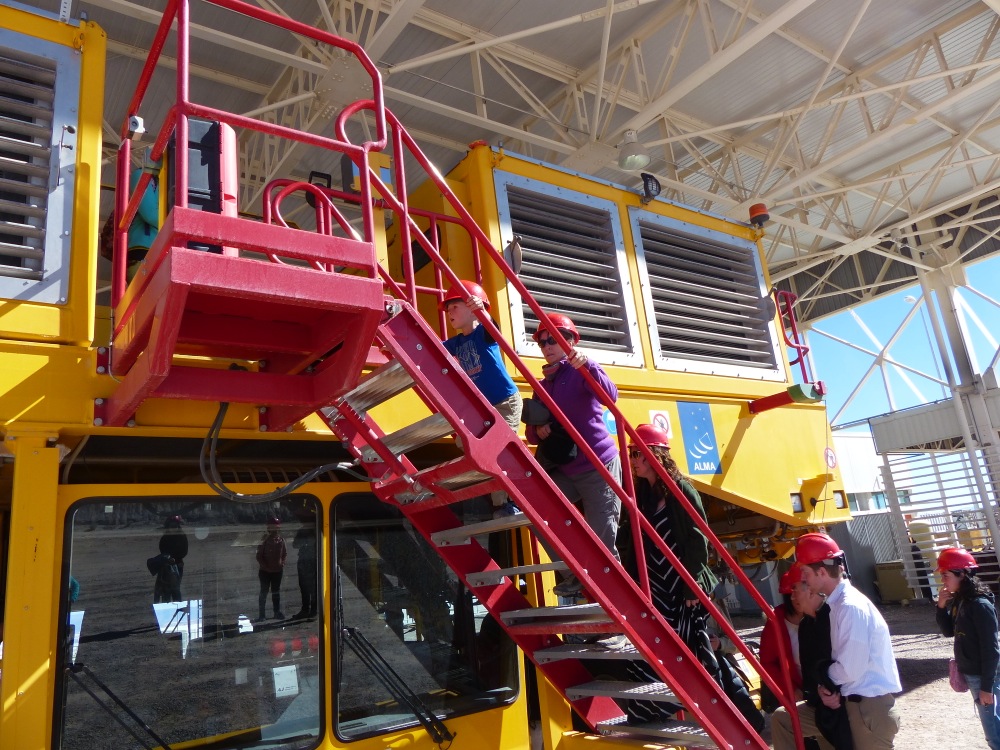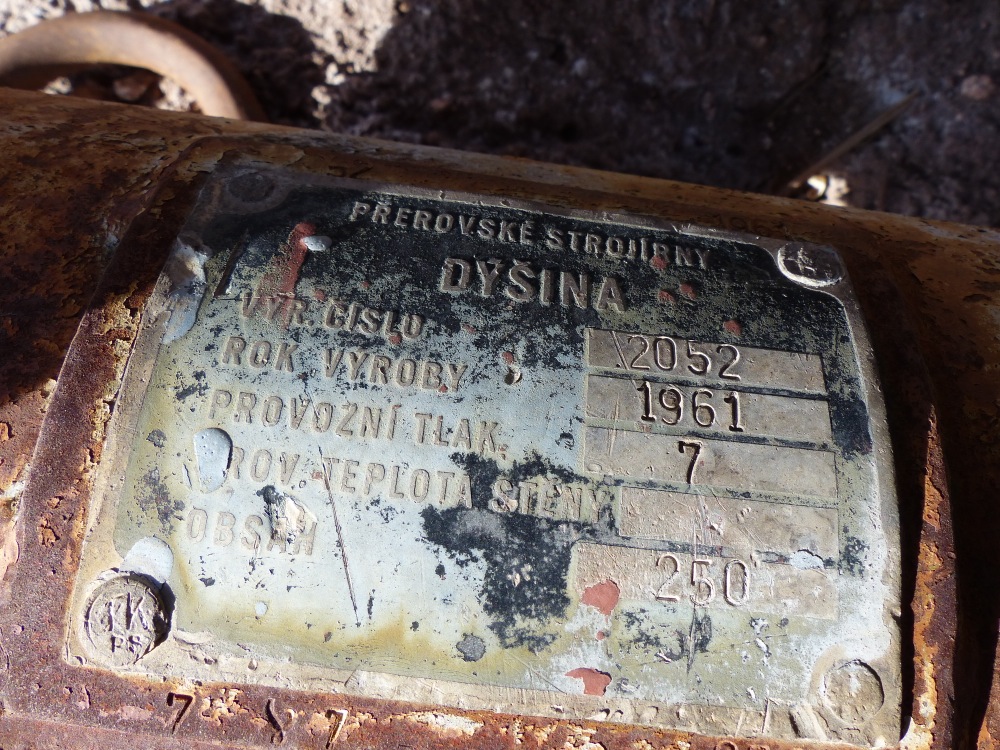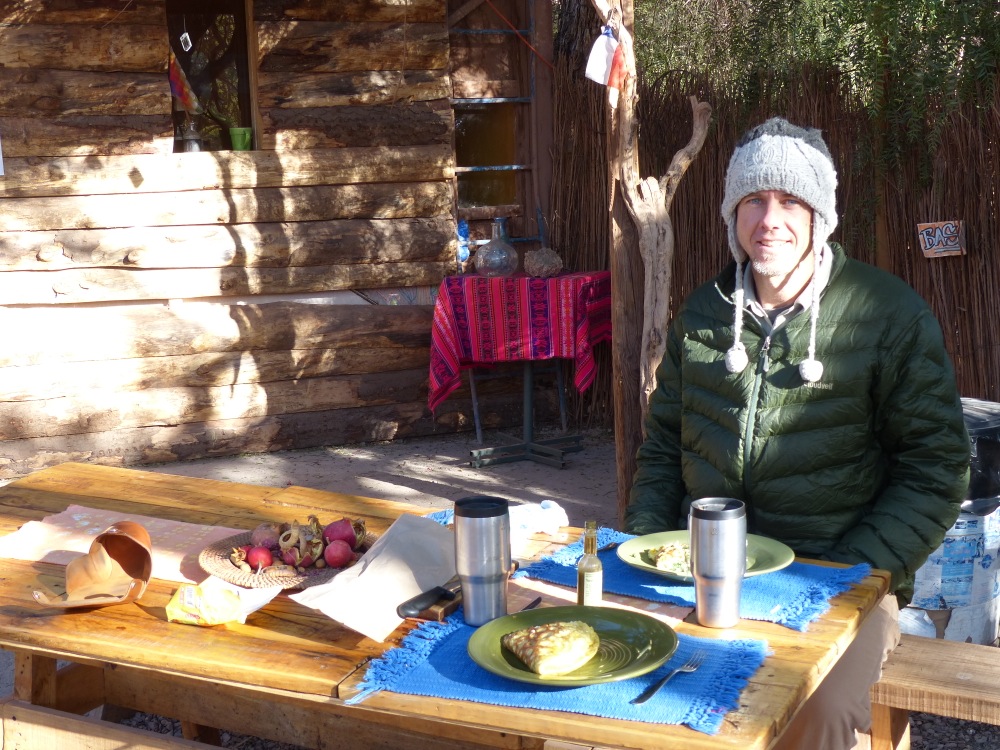The Atacama Desert is known as one of the best places in the world for star gazing. That’s why scientists from the U.S., parts of Europe, and Japan decided to install one of the world’s largest radio telescope arrays at 5000m (over 16,000 feet) in the mountains there. The dry (2% humidity – don’t forget your moisturizer!), thin air ensures that the faint signals that have been traveling from distant galaxies for the past 100 million years don’t end their journey by being dispersed in a pesky water droplet in our atmosphere.
We visited the Atacama Large Millimeter/Sub-millimeter Array last weekend, and it was quite an experience.
The first thing that clues you in that this project has deep pockets is the fact that the tour is free. We awoke at 8am, which here is before dawn, and went to board the brand new, fancy bus that would take us to the site. Then they turned on the safety video which easily matched any of the safety videos I’ve ever seen at NREL or any other government facility, right down to the Personal Protective Equipment, Health and Safety Regulations, and Medical Response Action Plan. The English speaking narrator obviously had never even visited a Mexican restaurant, as he kept saying, “San Pedro dee Atacama.” It all felt very out of place for us.
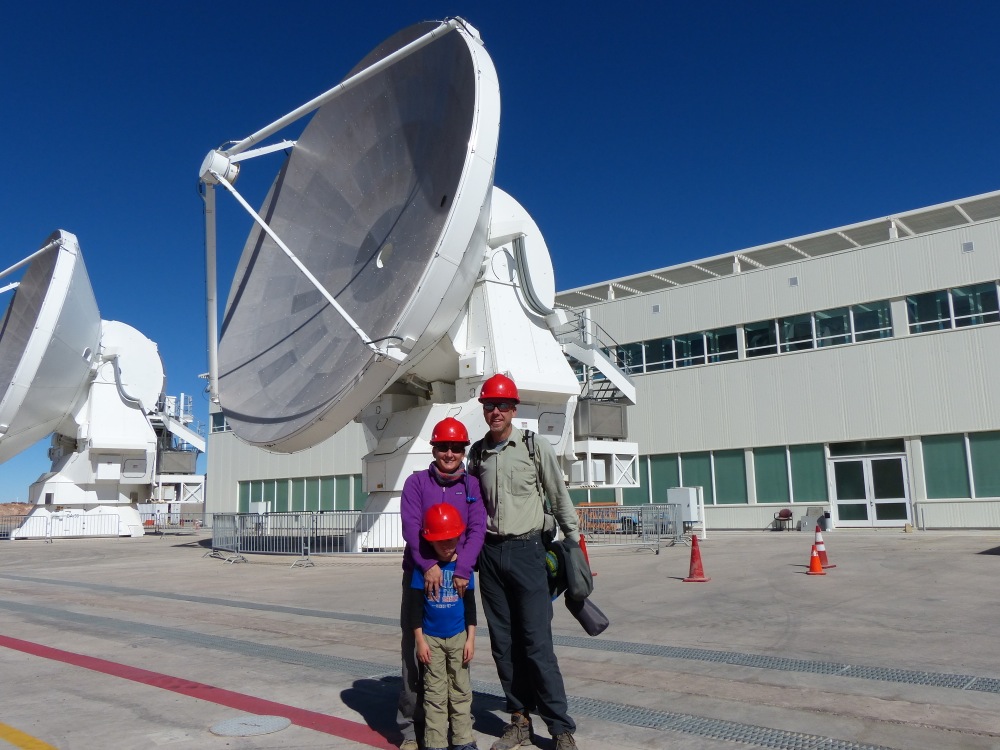
These 12m telescopes have been moved from the 5000m plateau where they operate down to the maintenance and operations facility at 2400m for repairs.
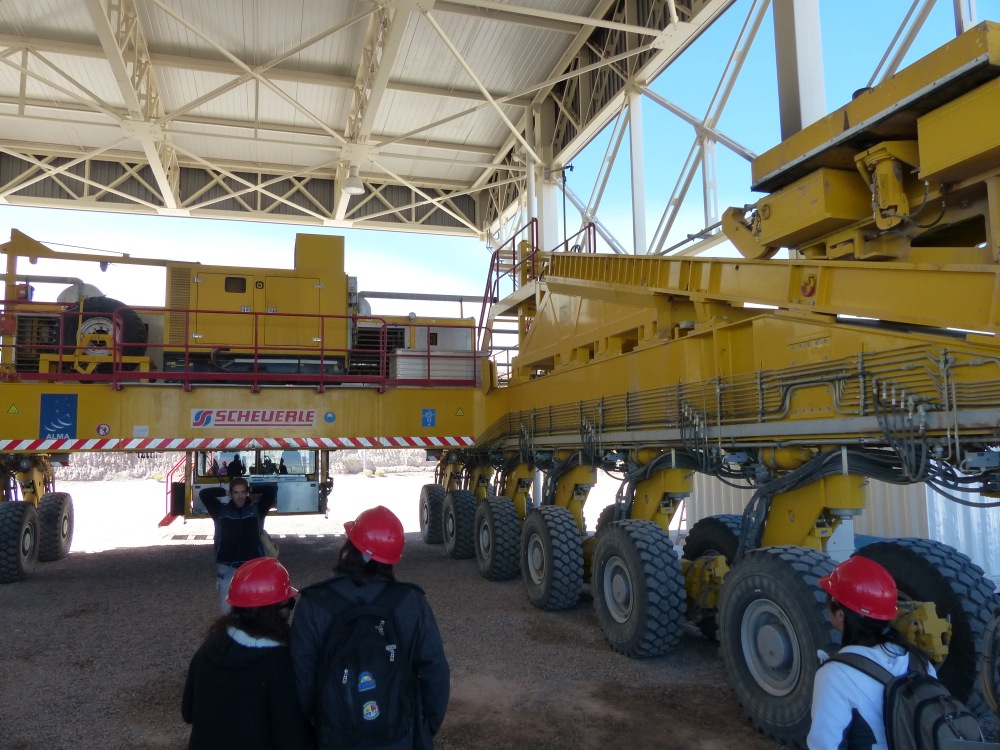
How do you move a 12m telescope, you ask? With one of these crawlers. It moves at 5kph and consumes $2000 of diesel fuel in a round-trip.
If you start thinking about the task of assimilating the data from 66 different radio telescopes into a single dataset that represents the virtual 16km antenna that the site simulates with it’s array, you can imagine that there’s a lot of data processing going on. In fact, for every astronomer on site, there are 9 electrical engineers. On top of that, one of the world’s fastest supercomputers, called the correlator, is operational at 5000m on the site to carry out this work.
The collector on the antenna is cooled to +5 degrees Kelvin in order to make the receiver “radio quiet.” This must be maintained even during transport, and so the crawler generates power for the antenna during the trip.
To continue the astronomy theme, both Jen and I attended (on separate nights) an astro tour held just outside of town. The host had a couple of good-sized telescopes, and we got to see Saturn with it’s rings, star clusters, and something called the “Sombrero Galaxy.” The guide was obviously passionate about the subject, and we ended out having a great time despite the cold weather.
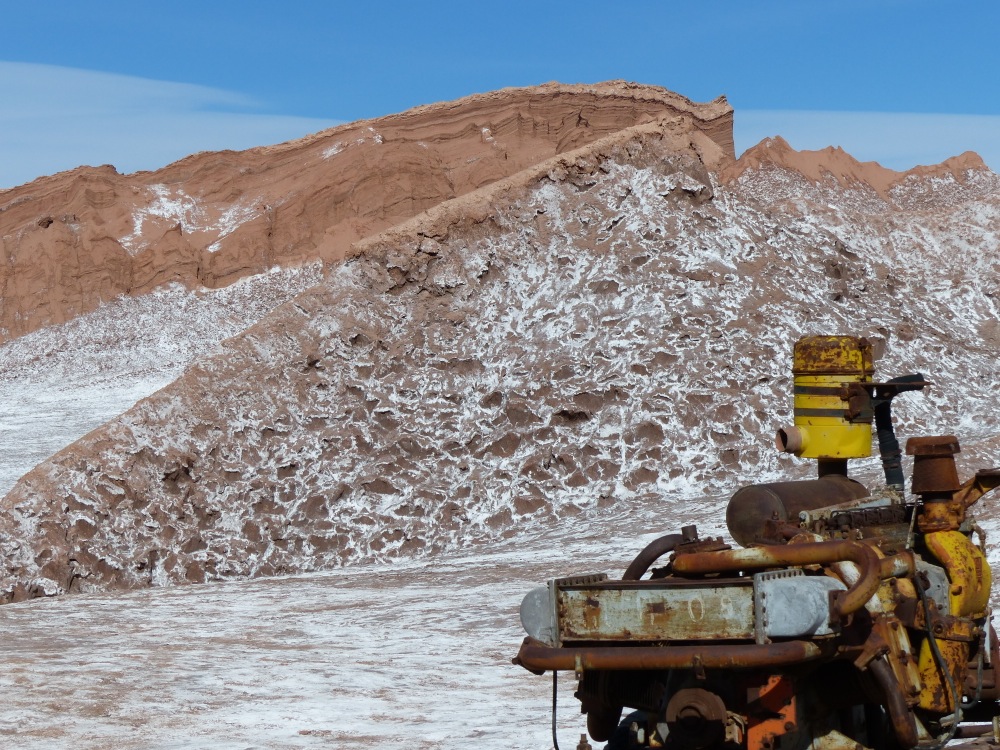
I biked out to the valley of the moon, about 10km outside of San Pedro. The white stuff on the hills is not snow – it’s salt.

I love it when old rusting equipment has manufacturer’s plaques on it. I think this was either a generator or a pump for a mine.
It’s hard to buy real coffee here, and we’ve been drinking instant. Jen’s birthday present this year was a real cup of coffee. Happy birthday!

